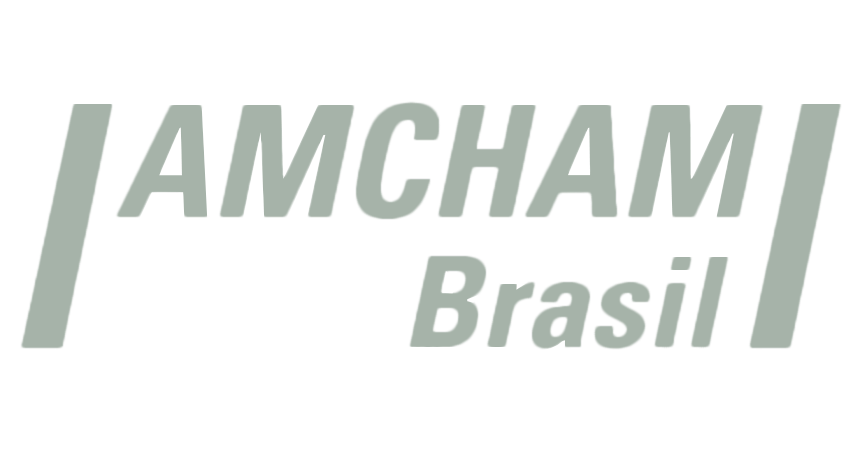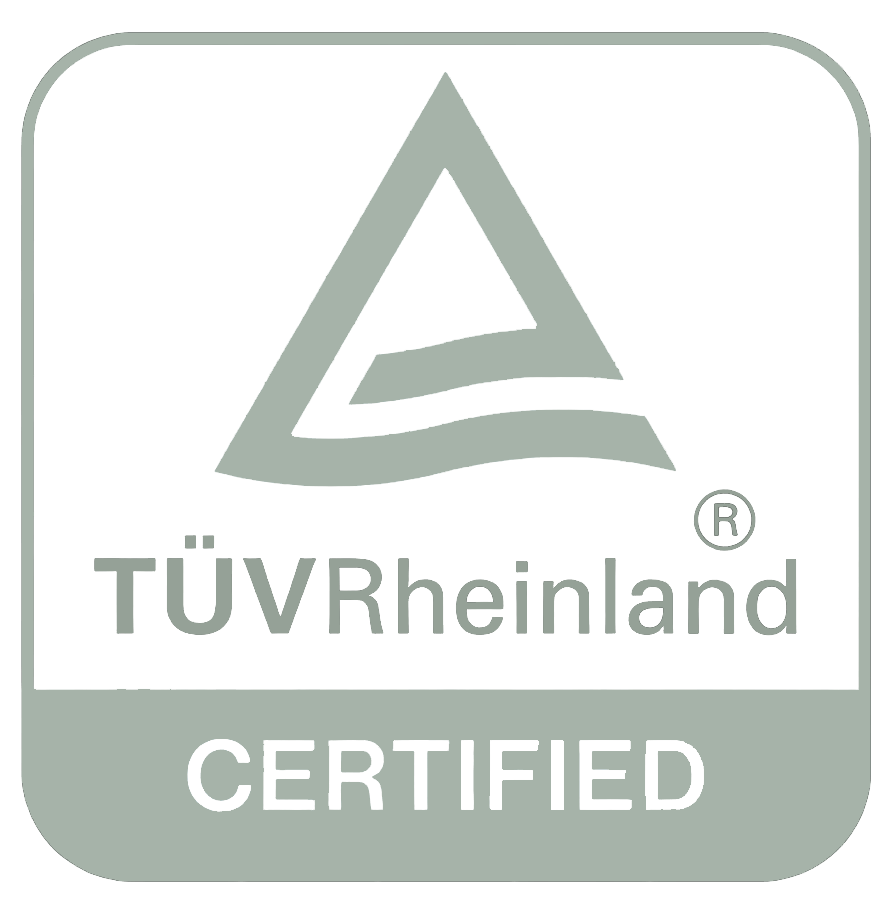We like to say that one of the main reasons Wordloc was founded in the first place was quality. This company was created by people who wanted to do a good job, working within a rational process focused on translation that is based on subject-matter knowledge and experience. This is because, in our field, there is a certain belief that having a glossy translation management system and automated workflows can somehow make up for quality—something we simply don’t believe.
It’s easy to find someone promising quality on different websites and social media, but it can be challenging for clients to confidently evaluate it before working with a provider. This post explores the key principles and practices that underpin high-quality translation services, offering clarity on what to expect and how it’s achieved. Well, at least here, at Wordloc.
Achieving quality is not about shortcuts or simple solutions. It requires experience, structured processes, and dedication to ongoing improvement. Let’s take a closer look at the factors that drive quality in professional translation.
We believe that quality is, first and foremost, something present in every single aspect of our operations. It needs to be reflected in the way we communicate, how our projects are conducted, and how we handle client feedback.
Quality begins with skilled professionals who have built their expertise through years of practice and specialization. Translators who deeply understand their subject matter and have refined their skills through experience are essential to delivering consistently high-quality results.
To ensure this level of quality, we carefully select the professionals who handle our day-to-day translation projects. Our internal policy is straightforward: we only accept applications from individuals who can demonstrate at least three years of proven translation experience in their subject area if they hold a degree in translation or language studies. For those coming from other fields, we ask for at least five years of professional translation experience in addition to their degree. This emphasis on experience is critical because, as the saying goes, practice makes perfect. Translating consistently within a particular domain, staying up-to-date on that field’s developments, and understanding the terminology and context all take time and dedication. A translator without this background might struggle to recognize industry-specific concepts or terms that require precise and consistent terminology in the target language. And even more importantly, experienced translators understand the purpose and audience of each type of text.
For example, translating an informed consent form (ICF) for a clinical trial is not just a technical exercise. Although the document is an important regulatory file within a clinical study, it must be accessible to patients. It needs to clearly outline the study’s risks and purpose without sounding overly technical, because it’s designed to be understood by someone who doesn’t have a medical or scientific background. This requires a different approach than translating a clinical protocol, which is written for medically trained researchers. Getting it right takes real experience and a deep understanding of both the subject matter and the target audience.
What we’ve learned is that experience and knowledge cannot be bought or automated overnight. They grow over years of practice and specialization. This is one reason we don’t lean too heavily on automation tools when discussing quality with clients. While automation and integration can help with administrative tasks, they cannot guarantee quality. Quality is built on the effort, study, and dedication each professional translator brings to their work, supported by an environment that provides them with the tools they need to achieve excellence.
You can have the best technology and meet every deadline, but quality only flourishes when there is a structured process in place—one that detects issues along the way and corrects them without disrupting the translation team’s work. The process must be clear and easy to follow for translators, project managers, and clients. It should also adapt to how they work when they are at their best.
At Wordloc, we focus on building processes that are both practical and effective. As a smaller company, we have the flexibility to invest time and attention into ensuring that our workflows reinforce quality. For example, we emphasize to our clients that independent revision plays a crucial role. While some initially see translation as a one-step task, we explain why a subject matter expert should review the text independently. This reviewer assesses the translation without any prior knowledge of who handled the original work, ensuring a fresh and unbiased perspective. They carefully examine the entire file, verifying terminology, grammar, and consistency.
Depending on the complexity and size of the project, we may introduce additional steps such as proofreading, third-party validation, or multiple levels of quality checks to make sure the final translation is as good as it can be. We have also built-in mechanisms to measure quality, including self-assessments for our translators and revisers, as well as third-party evaluations. These steps follow specific KPIs that help us maintain consistency and improve over time, combining objective metrics with direct feedback from our translators.
Delivering quality requires ongoing effort and attention. That’s why it’s at the core of how we work, and one way we reinforce this commitment is by following ISO standards. In April 2024, Wordloc received ISO 17100 and ISO 18587 certifications from TÜV Rheinland Brazil, further strengthening our structured approach to quality monitoring.
If you’re not familiar with these two standards, here’s what they mean in practice. ISO 17100 sets the requirements for professional translation services, covering everything from translator selection to internal project management and ongoing quality assessments. ISO 18587, on the other hand, provides a framework for post-editing machine translations, ensuring that AI-generated text gets the thorough human review it needs to be accurate and reliable.
These certifications strengthen our approach and help keep quality at the center of everything we do. They serve as a clear benchmark for every step of the process, from selecting the right translators to implementing effective quality control measures. More importantly, they reinforce the essential role of human expertise and judgment in delivering translations that clients can trust.
This may be the last topic in this post, but it could just as easily be the first. Almost 80% of our project managers’ daily work revolves around building strong communication channels between our clients and translators. Without clear and open communication, even the best processes can fall short.
No process is perfect, and every project comes with its own challenges. That’s why we believe in being upfront with clients about what’s achievable and any potential risks involved. For example, when deadlines are tight, we take the time to explain the trade-offs. Rushing a project may mean less time for thorough revision or could introduce inconsistencies if multiple translators need to work on the same file. While we always do our best to accommodate time-sensitive requests, we make sure clients understand the risks so we can align expectations and find the best possible approach together.
This open dialogue builds trust and reinforces our commitment to quality. It ensures that clients receive high-quality translations and feel confident and informed every step of the way.
We believe quality starts and ends with people. It’s not something you can implement without considering the professionals doing the work and how the process can support them rather than restrict them. And, of course, it’s a continuous effort—built every day, project by project, text by text, segment by segment, word by word.
Photo by JUSTIN BUISSON on Unsplash - People walking in Berlin's Reichtag
At Wordloc, quality is built on experience, structured processes, clear communication, and continuous assessment—because exceptional translations begin and end with people.


